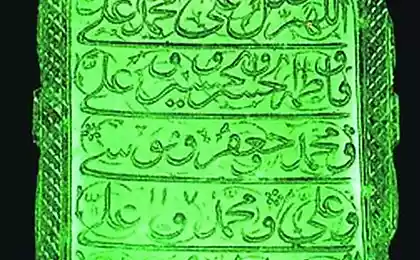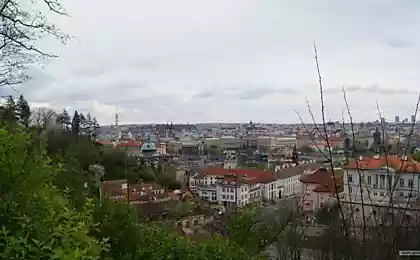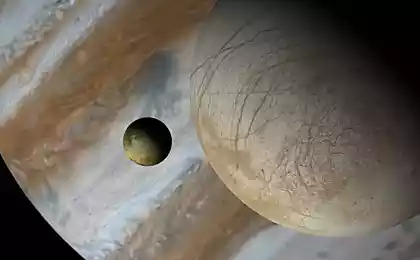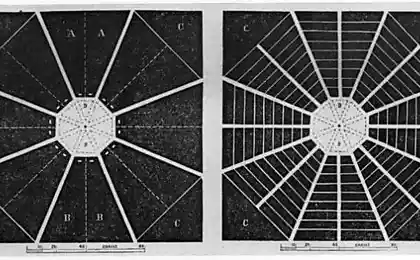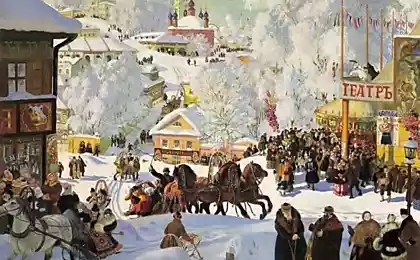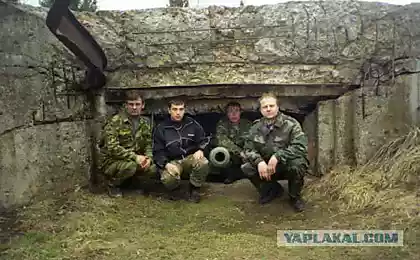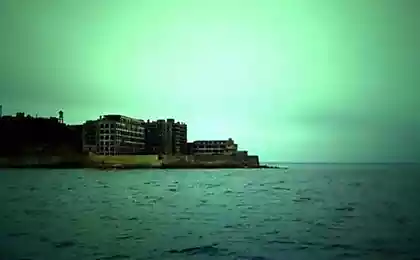1319
It found the oldest prehistoric town in Europe
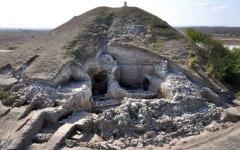
Archaeologists from eastern Bulgaria say they have discovered the oldest known science of prehistoric town
In addition, they have found the place of the ancient salt production in Europe, which made it possible to solve the mystery of why this region was found a huge gold treasure.
In the parking lot near the modern town of Provadia, scientists have discovered the remains of an ancient settlement: the ruins of the two-storey buildings, a series of holes that are used for religious rituals of the gate, destroyed part of the designs of the bastion wall and three fortifications of a later period. All of this dates from the late middle or late Chalcolithic Chalcolithic - from 4700 to 4200 years. BC. The dating was performed using carbon analysis.
"We're not talking about the discovery of the city as we know the Greek city-state, like ancient Rome, or even early medieval fortified settlements such as cities francs. The city is believed to archaeologists, belongs to the fifth millennium BC, "- says the researcher of the National Archaeological Institute of the Bulgarian Vasil Nikolov after the announcement of the results of the study in an interview earlier this month.
Professor Nikolov and his team worked on the project since 2005, their goal was to excavation Solnitsata settlement, located near the Black Sea resort of Varna.
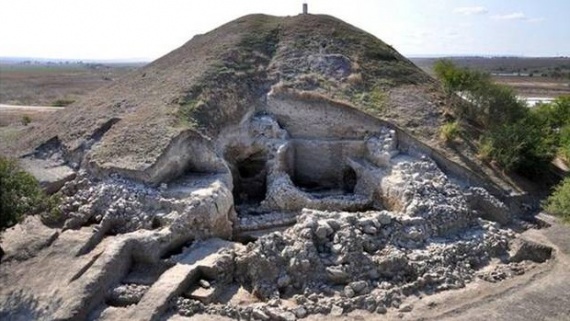
An example of a two-storey building in a settlement near Provadia.
Also this year, scientists found a small necropolis, or burial ground, but this finding should be studied more carefully: do not need a one-year labor of archaeologists before this place will be fully investigated.
Archaeologist Krum Bachvarov from the National Institute of Archaeology named this latest discovery "very interesting finding," due to the specific provisions of the bodies and interesting materials found in the graves. The naked eye can see that the burial differ from other neolithic graves found in Bulgaria before.
"The settlement is surrounded by huge walls, they were built very high, made of stone blocks. The walls are also something unprecedented for the excavation sites of ancient man in South-Eastern Europe. So far, nothing like this has not been found, "- added Bachvarov.
Well fortified settlement, the religious center and, most importantly, the largest production center of specialized product, which was sold throughout the surrounding area, the population of about 350 people - all these features allow us to conclude that the recent discovery - the oldest known "prehistoric town" in Europe, says a team of scientists.
"At a time when people did not know the wheels and wagons, the settlers, however, managed to move huge boulders and build massive walls. Why? What are they hiding behind those walls? "- Asks Nikolov.
The simple answer: "Sol».
The area is home to huge deposits of rock salt, the largest in Southeast Europe and the only one operated by a person in the sixth millennium BC, Nikolov said.
This - what made the settlement Solnitsata be what it is. Nowadays there are still mined salt, but 7500 years ago, she had a totally different meaning.
"Sol has been an extremely valuable commodity in ancient times, as it was necessary for life, and was used as an object of trade and currency from the sixth millennium BC to 600 BC," - explains the researcher.
Salt production in the parking lot for the first time began around 5500 BC, when people began to evaporate salt from sea water in blast furnaces, which were found at the site, says Nikolov, citing the results of radiocarbon dating conducted in a British laboratory in Glasgow.
"This - the first time in South-Eastern Europe and western Anatolia, where archaeologists came upon traces of salt production in this early period, the end of the sixth millennium BC, and were able to prove that such activities took place and the material (archaeological) and scientific (theoretical) point of view "- confirms Bachvarov.
Salt production was moved outside the settlement by the end of the sixth millennium BC, and its performance is gradually increased. After the salt was evaporated therefrom formed small briquettes.
Nikolov said production increased steadily from 5,500 BC, and one load was 25 kg of dry salt. In 4700-4500 gg. BC productivity has increased significantly and reached 4000-5000 kg salt for loading.
"At a time when salt was as valuable as gold, imagine what it could mean," - he said.
Salt trade gave the local population huge economic power. This explains and confirms the huge golden treasure found in the tombs in the necropolis of Varna; it presumably belongs to 4300 BC.
3000 jewelry and ritual objects were found the oldest gold treasure in the world, an international team of experts.
Ironically, the project found funding: a team of researchers from Britain, Japan and Germany to work for free all season.
Scientists have found one of the rarest of particles at the Large Hadron Collider
Daylight saving time: how it started and why?


